Wakefield to have first all-out elections for 20 years: Here's what it means for voters
and live on Freeview channel 276
It means every single council seat will be up for grabs and all serving councillors who want to stay will have to stand for re-election, regardless of how long they've been in the job.
Here's what it means for voters.
What happens normally?
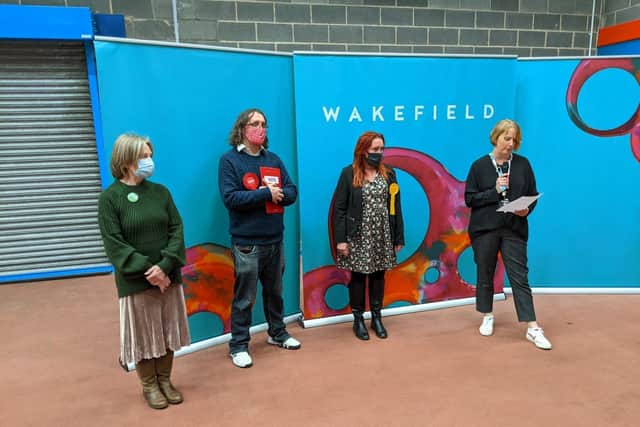

Each of the Wakefield district's 21 wards has three councillors, who each hold one of the council's 63 seats.
Advertisement
Hide AdAdvertisement
Hide AdUnder normal circumstances, only a third of the seats - one in each ward - are contested in a single election year.
Local elections are held three years out of every four, and councillors who are elected normally serve a four-year team before their seat is contested again.
What's different this time?
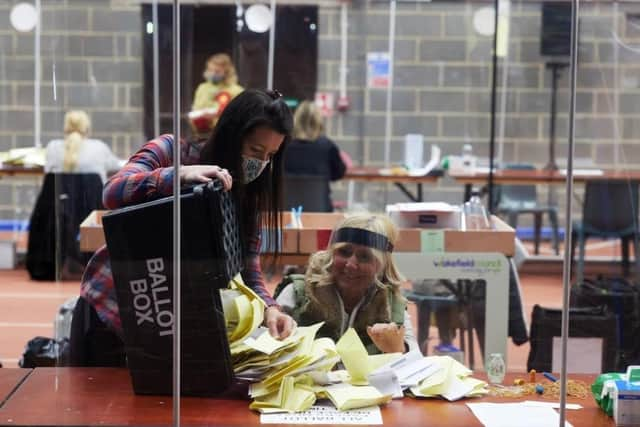

Ward boundaries - how the district is carved up into 21 separate areas - are changing.
Council leader Denise Jeffery announced on Wednesday that the Boundary Commission, who decide such matters, will visit Wakefield in November 2022, with a view to shaking things up.
Advertisement
Hide AdAdvertisement
Hide AdThe changes will be put into practice in 2024, at which point we'll have an all-out election.
Why is this happening?
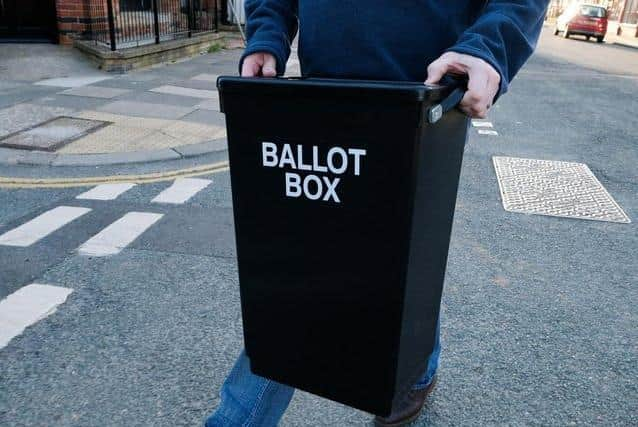

The number of voters living in each of Wakefield's 21 wards should be relatively even to ensure the system is fair.
Boundary changes take place when that's no longer the case - ie. the population in some parts has altered, to the point where some areas have far more people than others.
The Boundary Commission tries to keep things relatively straightforward by letting distinct towns have their own wards where possible. Featherstone, Hemsworth and Knottingley, for example each have their own ward.
Advertisement
Hide AdAdvertisement
Hide AdBut because Wakefield the city is much larger than each of these places, that's carved up into four separate wards (North, South, East and West), to ensure an even split of voters.
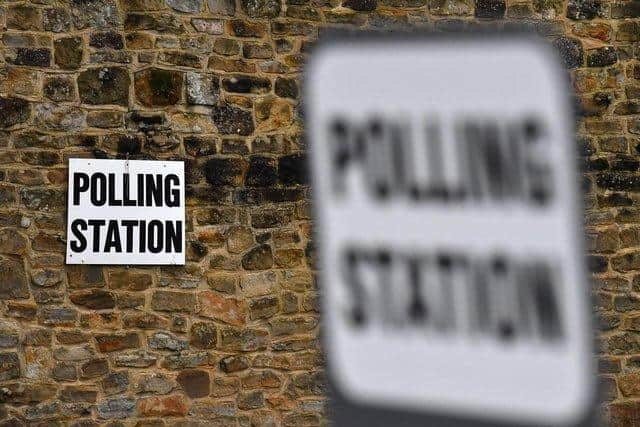

Any idea what changes there will be?
Not yet, but boundary changes normally take place as a result of housebuilding and the changes in population numbers that brings with it.
With that in mind, it's hard to imagine the Wakefield East ward, which has seen thousands of new homes built at City Fields in recent years, remaining untouched.
It may still be called Wakefield East, but the area it covers may be changed.
Advertisement
Hide AdAdvertisement
Hide AdThat's pure speculation however, and we're unlikely to know exactly what the Boundary Commission has decided until late 2022, or early 2023.
Has this happened before?
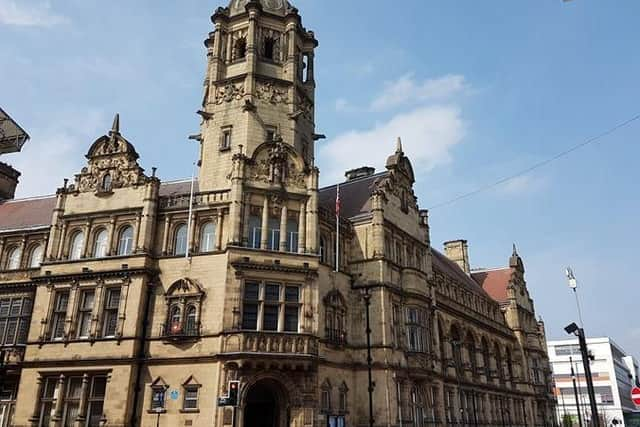

Yes, in 2004 Wakefield had all-out elections after boundaries changed.
On that occasion, an old ward called Wakefield Central, the onetime seat of current council leader Denise Jeffery, was axed. The area left behind was divided up and given to each of the four remaining city wards.
2004 also saw Altofts split from Stanley and put together with Whitwood to form a new seat. Stanley was then twinned with Outwood East.
Advertisement
Hide AdAdvertisement
Hide AdSouth Elmsall and South Kirkby, which had been separate wards until that point, were merged to form a single ward.
The south of Ossett also became part of the Horbury ward.
Is this the same as the Parliamentary boundary changes?
No, it's not.
The Boundary Commission is looking to change Parliamentary boundaries across the UK, but that only affects MPs and General Elections, and not the makeup of Wakefield Council.
It's two separate pieces of work.
What will it mean at the ballot box?
Assuming the number of councillors stay the same, in 2024 voters will have to tick three boxes on the ballot paper, as they will be electing three representatives at once.
While not confirmed yet, it's likely that the councillor with the most votes in each ward will have their seat for four years before it's contested again.
Advertisement
Hide AdAdvertisement
Hide AdThe one with the second-highest number of votes will have three years and the one who finishes third will have to stand for re-election after two years, in 2026.
Does this affect local elections between now and then?
No, we're still due to have local elections in 2022 and 2023. Only a third of the seats will be contested in each.
It just means the members who are elected in each of those years will only have their seats for a brief period before they have to stand again for re-election.
Local Democracy Reporting Service